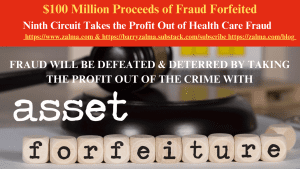How to Talk to Clients About Fed Moves

Sometimes, youre clients will do better if they put their whole retirement nest egg in one exciting basket.
David Byrnes, head of distribution at Security Benefit, says news about Federal Reserve rate moves is a great tool retirement advisors can use to talk about how a diversified portfolio that includes cash and “safe money” products can cushion the egg against change.
The Fed’s Federal Open Market Committee announced Wednesday that it would try to cool the economy some, but not too much, by keeping a key interest rate it controls, the federal discount rate, the same for now and then cutting it by 0.25 percentage points every three months until the end of the year.
Whether advisors discuss the Fed’s moves with clients or not, “they certainly discuss the impacts that the Fed’s actions have on the underlying markets,” Byrnes said in a recent email interview. “A prudent advisor will discuss the potential outcomes and impacts of such actions as they structure a diversified portfolio to maximize returns while minimizing risk.”
The Fed discount rate: The discount rate is what the Fed charges when it lends money to banks or to other financial institutions.
The discount rate is 5.5% today.
Just how much the discount rate affects other interest rates is controversial, but many economists believe that the discount rate affects other interest rates, that lower rates tend to increase spending and inflation, and that higher rates tend to decrease spending and hold down prices.
Fed rate decisions are some of the factors that can jerk the investment markets around like a kite held by a child on a rollercoaster.
Of course, financial professionals need to develop a good working knowledge of what the Fed does and what rate changes mean. They have to talk to their compliance advisors and supervisors about what they can and they can’t say about sources of economic uncertainty.
Here are some ideas Byrnes shared in an email about how advisors might approach the topic in conversations with clients, compliance advice permitting.
Byrnes’ comments have been edited.
THINKADVISOR: Which kinds of clients tend to be most interested in hearing about the Fed?
DAVID BYRNES: Changes in rates have a broad impact across financial markets, so all investors would benefit through greater understanding and education.
This is particularly true when there are noticeable rate hikes or cuts. Investors can often be quick to focus on short-term stability and gain, rather than taking time to think about how to structure portfolios in relation to interest rate movements and balancing longer-term risks.
When advisors have conversations with clients, in addition to discussing stocks, bonds, and cash vehicles, they should also educate them about tax-deferred fixed products that can provide principal protection and help to de-risk portfolios, regardless of market swings.
With fixed annuities, clients can lock in higher rates for fixed periods of time, while the higher rates allow fixed indexed annuities to offer higher caps on crediting strategies tied to underlying indexes like the S&P 500.
Fed meetings provide a great opportunity to check in with clients on their portfolios and offer advice on how they could seek to capitalize on market movements while keeping risk in check.
What would you recommend that advisors and agents tell clients and prospects about what the Fed is doing?




